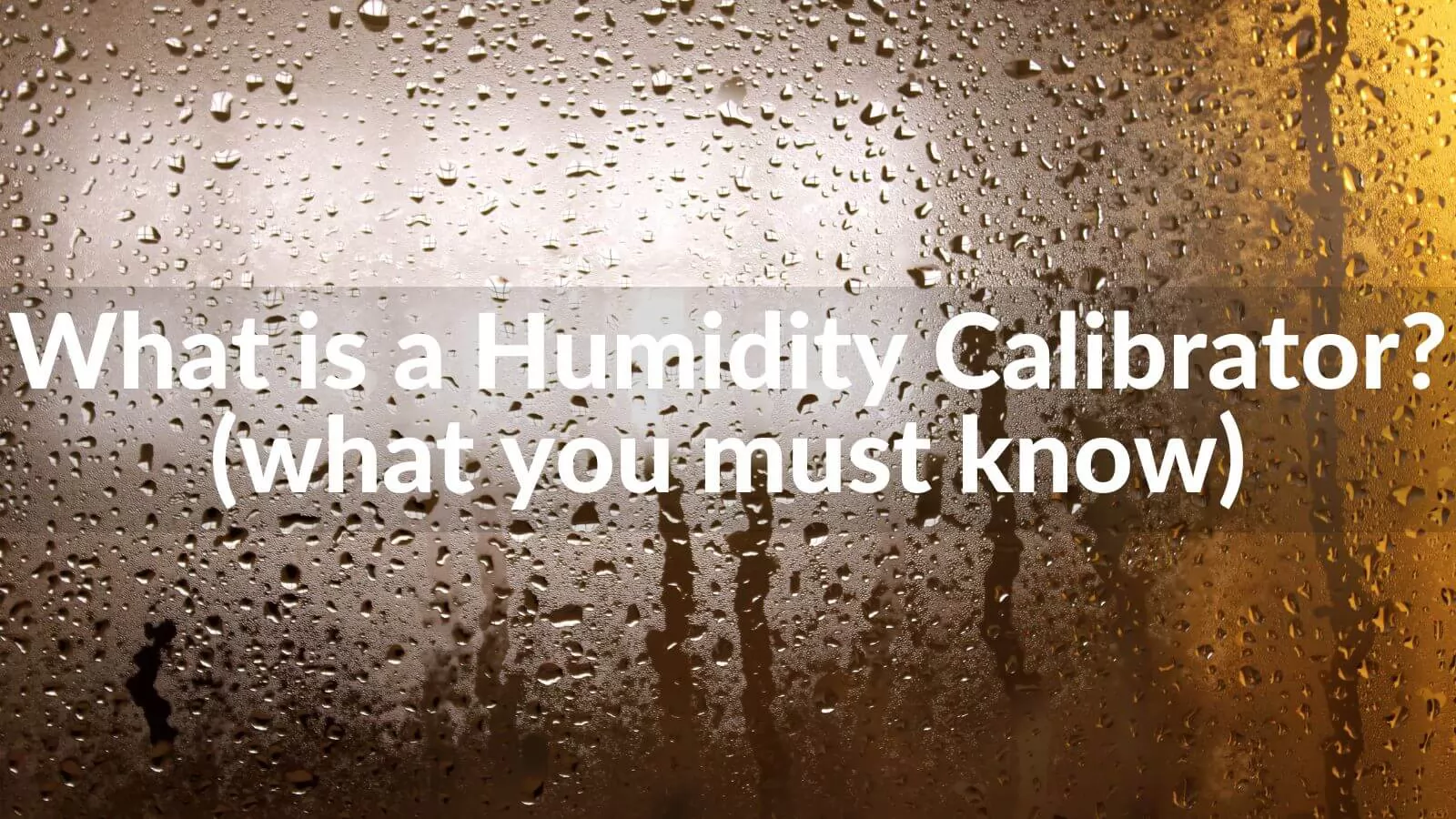
In various industries and scientific fields, the accurate measurement and calibration of humidity levels play a crucial role.
Humidity calibrators are essential instruments used to verify and calibrate humidity sensors, transmitters, and data loggers. These instruments, manufactured by specialized humidity calibrator manufacturers, are designed to provide precise control and measurement capabilities. This ensures the reliability and accuracy of humidity-related instruments, enabling businesses and researchers to make informed decisions based on precise data.
1. The Role of Humidity Calibrators
Humidity calibration is the process of verifying and adjusting the accuracy of humidity measuring devices by comparing their readings to a known reference. This reference is typically a humidity calibrator, which provides a stable and controlled environment for humidity generation and measurement. Calibration is necessary because humidity sensors can drift or lose accuracy over time due to environmental factors, aging, or usage.
2. Types of Humidity Calibrators
1. Temperature Humidity Calibration Chamber
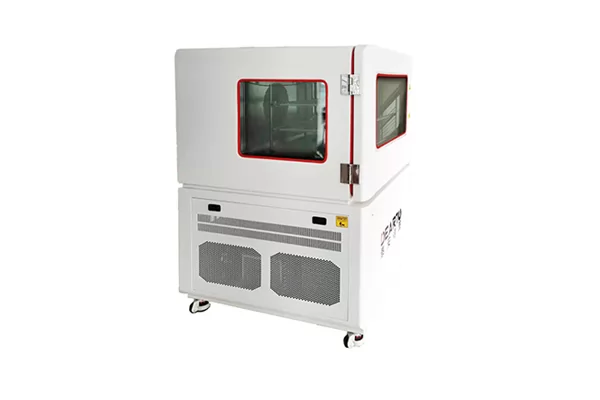
Low Temperature Oversized Temperature Humidity Calibration Chamber
● Ultra-low temperature calibration chamber, the lowest can reach -30°C, and the humidity range can reach 5%RH-95%RH;
● HD touch screen;
● Multi-point calibration, sub-section control, multiple protection alarms;
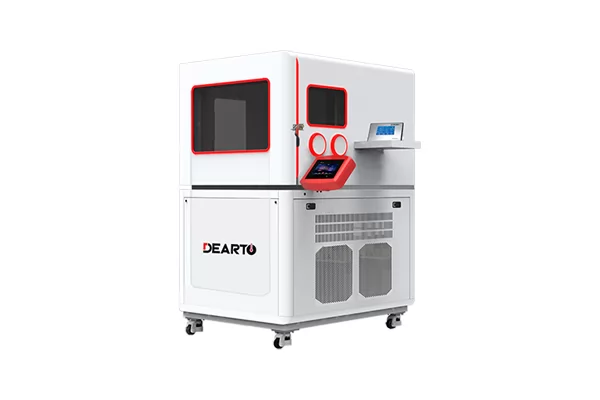
Oversized Temperature and Humidity Verification/Calibration Chamber
● Advanced technical principles
● Product intelligence
● Excellent quality
● Upgraded to Automatic Verification System
Overview
A temperature humidity calibration chamber is a versatile calibrator that allows for the precise adjustment and verification of instruments under varying temperature and humidity conditions. It provides a controlled environment where temperature and humidity levels can be manipulated to simulate real-world conditions for accurate calibration.
Working Principle
Temperature humidity calibration chambers utilize sophisticated temperature control systems, humidity generators, and sensors to create a stable and controlled atmosphere. By adjusting the temperature and humidity settings, these chambers enable the calibration of humidity sensors, transmitters, and data loggers used in various industries such as pharmaceuticals, food processing, and environmental monitoring.
Applications
Temperature humidity calibration chambers find applications in industries where precise calibration under specific temperature and humidity conditions is necessary. They are commonly used to calibrate instruments used in research laboratories, quality control departments, and manufacturing facilities.
2. High Precision Thermostatic Chamber
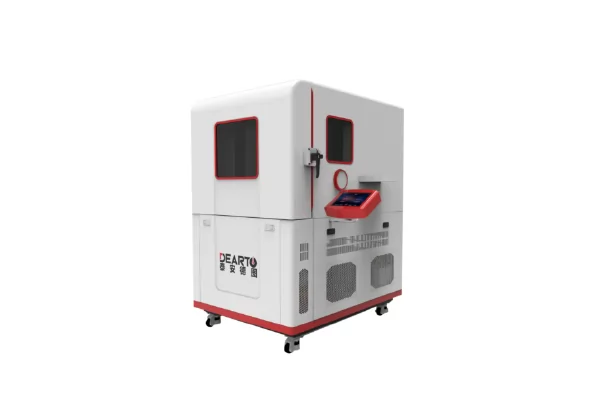
DTWL-08G High Precision Thermostatic Chamber
● Using constant temperature liquid bath technology, the temperature field is more constant
● Wide temperature range
● High precision air bath constant temperature source
● Excellent quality
● Liner adopts SUS304
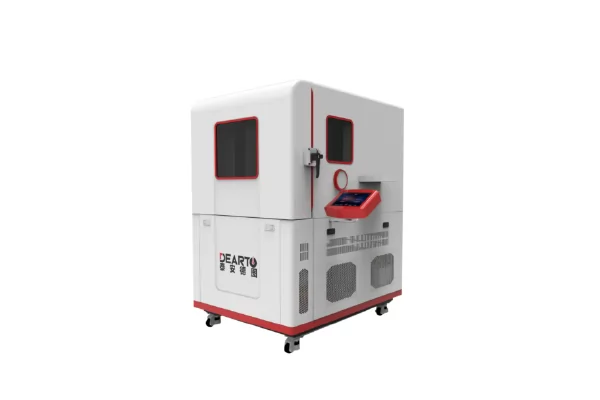
DTWL-15G High Precision Thermostatic Chamber
● Using constant temperature liquid bath technology, the temperature field is more constant
● Wide temperature range
● High precision air bath constant temperature source
● Excellent quality
● Liner adopts SUS304
Overview
A high precision thermostatic chamber is specifically designed to provide exceptional temperature and humidity control for calibration purposes. These chambers offer a high level of accuracy and stability, making them suitable for calibrating humidity-sensitive instruments that require precise measurements.
Working Principle
High precision thermostatic chambers employ advanced heating, cooling, and humidity control mechanisms to maintain a stable and uniform environment. The chambers are equipped with highly accurate temperature and humidity sensors, along with sophisticated control systems, ensuring precise calibration capabilities.
Applications
High precision thermostatic chambers are commonly used in industries where the highest level of accuracy is required, such as aerospace, medical device manufacturing, and scientific research. These chambers are instrumental in calibrating humidity sensors and transmitters used in critical applications.
3. Automatic Temperature Humidity Calibration System
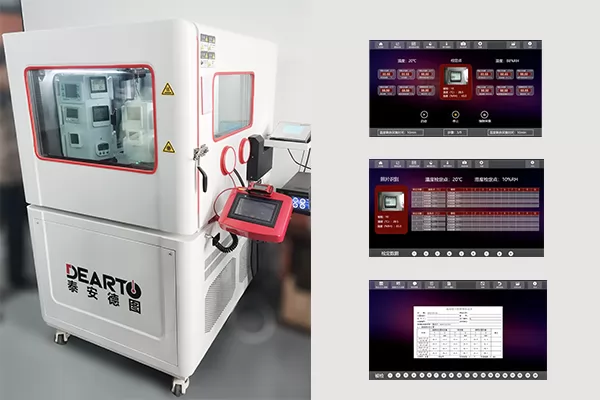
Svr1 Intelligent Temperature and Humidity Auxiliary Calibration System
● Automatically control the temperature and humidity of the calibration chamber, and automatically make a stable judgment;
● Automatically collect standard data and prompt users to enter the checked data;
● The system runs automatically, and when the conditions are met, the voice notification will enter the data;
● After the verification is completed, the verification result is automatically calculated and the verification conclusion is given.
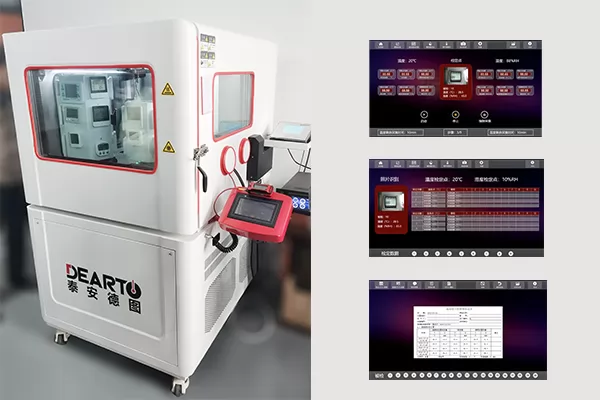
Svr2 Intelligent Temperature and Humidity Auxiliary Calibration System
● Automatically control the temperature and humidity of the calibration chamber, and automatically make a stable judgment;
● Automatically control industrial cameras to take pictures and archive;
● After all check points are completed, prompt the user to process;
● According to the pictures taken, the tested data is entered, and the system automatically produces the test results.
Overview
An automatic temperature humidity calibration system is designed to automate the calibration process, reducing human error and enhancing efficiency. These systems can simultaneously calibrate multiple instruments, saving time and resources.
Working Principle
Automatic temperature humidity calibration systems incorporate multiple chambers or modules with independent temperature and humidity controls. The system is equipped with advanced sensors, controllers, and software that automate the calibration process. The system can perform calibration procedures based on pre-set parameters, allowing for efficient and consistent calibration of humidity-related instruments.
Applications
Automatic temperature humidity calibration systems find applications in industries where large-scale calibration is required, such as manufacturing facilities, testing laboratories, and calibration service providers. These systems improve productivity by streamlining the calibration process and reducing manual intervention.
4. Portable Humidity Generator
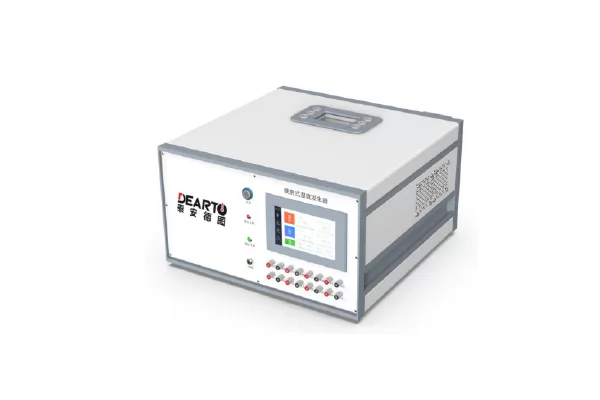
Portable Humidity Generator
● Test chamber space up to (3~5) times that of similar products, providing more efficient test conditions
● The test chamber can accommodate various types of input cold-mirror-viewer probes for comparison and calibration
● Composite sensor jack design, suitable for various diameter temperature and humidity sensors and transmitters
● 7-inch color LCD touchscreen
Overview
A portable humidity generator is a compact and portable device that can generate a wide range of humidity levels. These generators offer flexibility and convenience, allowing for on-site or field calibration of humidity sensors and instruments.
Working Principle
Portable humidity generators typically use a combination of temperature control and water vapor generation to create the desired humidity levels. They are equipped with precise sensors and control systems to ensure accurate and reliable calibration. These generators provide a practical solution for industries where portability and convenience are essential.
Applications
Portable humidity generators are commonly used in industries such as HVAC (Heating, Ventilation, and Air Conditioning) maintenance, field research, and on-site calibration. They are particularly useful when calibration needs to be performed at different locations or when instruments cannot be easily transported to a centralized calibration facility.
5. Dew Point Meter
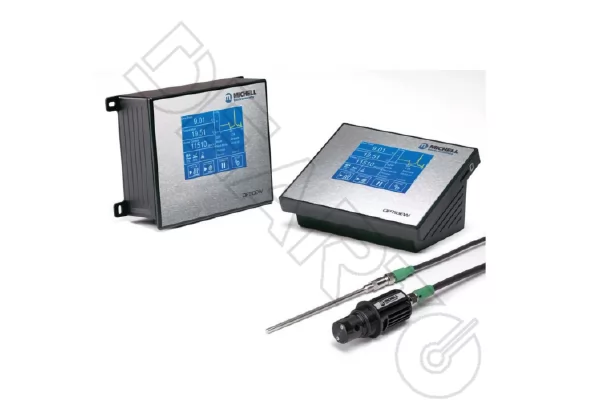
Optidew 401 Desktop High Precision Mirror Dew Point Meter
● No drift, easy to use and other characteristics, it is an ideal choice with strong functions and reasonable price.
● Reasonable price and powerful function.
● Simple operation and convenient maintenance.
● No drift, accurate measurement and good repeatability
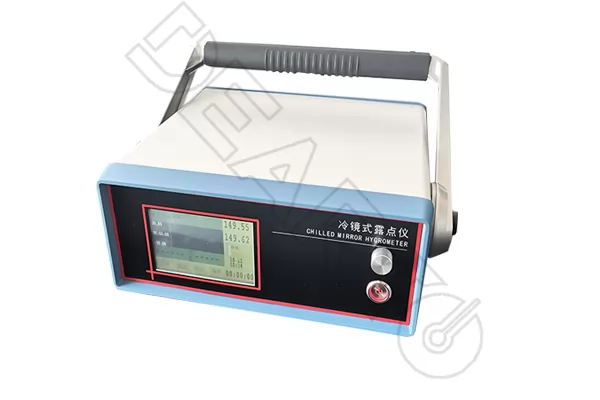
Chilled Mirror Dew Point Meter DT-ACG
● The whole-process curve is displayed in real-time to record the test time
● Touch screen operation, Chinese interface, easy operation
● Automatic balancing system, with a short measurement time
● Data storage, query, and printing capabilities
● Long-term stability, good reproducibility, you can do online analysis
Overview
A dew point meter is a specialized instrument used to measure the dew point temperature, which is the temperature at which condensation occurs for a given humidity level. While not a calibrator in itself, a dew point meter is often used in conjunction with humidity calibrators to verify the accuracy of the generated humidity.
Working Principle
Dew point meters utilize various sensing technologies, such as chilled mirror, capacitive, or infrared, to measure the temperature at which moisture begins to condense on a surface. These meters provide a direct measurement of the dew point temperature, which can be compared to the setpoint or reference value during calibration.
Applications
Dew point meters are widely used in industries where precise monitoring of moisture levels is critical, such as compressed air systems, pharmaceutical manufacturing, and industrial drying processes. They are essential tools in verifying the accuracy of humidity calibrators and ensuring the reliable operation of humidity-sensitive equipment.
3. How Does a Humidity Calibrator Work?
Understanding Humidity Generation
Humidity calibrators employ various techniques to generate specific humidity levels. One common method involves using a combination of temperature control and water vapor to create a controlled atmosphere. Let's explore the working principles behind the generation of humidity:
Temperature Control
Humidity calibrators utilize precise temperature control mechanisms to establish the desired environmental conditions. By manipulating the temperature, the calibrator can influence the saturation level of water vapor in the air, thereby controlling the humidity.
Water Vapor Source
The calibrator incorporates a water vapor source, typically a water reservoir or a humidity generator. This source ensures a constant and reliable supply of water vapor, which is essential for creating the desired humidity levels. The water vapor is introduced into the calibration chamber or system, where it interacts with the controlled temperature environment.
Humidity Sensor
To accurately measure and monitor the generated humidity, a high-quality humidity sensor is integrated into the calibrator. This sensor is responsible for detecting the moisture content in the calibration chamber and providing feedback to the control system.
Control and Measurement Systems
Humidity calibrators employ advanced control and measurement systems to ensure precise and stable humidity conditions. These systems work together to maintain the desired humidity level and provide accurate calibration. Let's explore the key components of the control and measurement systems:
Controller
The controller is the central component of a humidity calibrator, responsible for monitoring and adjusting the temperature and humidity levels. It receives input from the humidity sensor and uses algorithms and feedback loops to maintain the desired setpoint. The controller ensures the stability and accuracy of the generated humidity.
Feedback Loop
The feedback loop plays a crucial role in continuously monitoring and adjusting the environmental conditions. It compares the measured humidity with the desired setpoint and makes necessary adjustments to maintain accuracy. The feedback loop ensures that any deviations from the target humidity are quickly detected and corrected.
Display and Interface
Many humidity calibrators feature a user-friendly interface and display system, allowing operators to monitor and control the calibration process. The interface provides information such as humidity readings, setpoints, and calibration parameters, enabling users to make adjustments or record data as required.
Data Logging and Reporting
To maintain proper documentation and traceability, humidity calibrators often include data logging and reporting capabilities. These features allow users to record calibration results, capture important parameters, and generate comprehensive calibration reports. This data can be essential for quality control, compliance audits, and historical reference.
Calibration Process
The calibration process using a humidity calibrator involves the following steps:
1. Set the desired humidity level: The operator inputs the target humidity level into the calibrator's control system.
2. Stabilization: The calibrator's control system works to stabilize the temperature and humidity conditions inside the calibration chamber.
3. Measurement: The humidity sensor continuously measures the humidity level in the chamber, providing feedback to the control system.
4. Adjustment: If the measured humidity deviates from the setpoint, the control system makes adjustments to maintain the desired level.
5. Verification: Once the calibration chamber reaches a stable state, the accuracy of the humidity sensor under test is verified by comparing its readings with the known reference humidity provided by the calibrator.
6. Documentation: The calibration results, including the measured values and any necessary adjustments, are recorded in the calibration report for future reference.
4. Factors to Consider When Selecting a Humidity Calibrator?
Choosing the right humidity calibrator is crucial to ensure accurate and reliable calibration of humidity-sensitive instruments. Several factors should be considered when selecting a humidity calibrator to meet specific calibration requirements. Let's explore these factors in detail:
✔ Accuracy and Precision
✔ Range of Humidity Levels
✔ Stability and Repeatability
✔ Temperature Control
✔ Calibration Chamber Size
✔ Calibration Speed and Efficiency
✔ Ease of Use and User Interface
✔ Data Logging and Reporting
✔ Calibration Traceability and Standards Compliance
✔ Support and Service
5. Benefits of Using a Humidity Calibrator
| 1. | Accuracy and Reliability |
|---|---|
| 2. | Quality Control and Compliance |
| 3. | Improved Data Accuracy |
| 4. | Process Optimization |
| 5. | Enhanced Equipment Performance |
| 6. | Traceability and Documentation |
| 7. | Time and Cost Savings |
| 8. | Flexibility and Convenience |
| 9. | Confidence in Measurement Results |
| 10. | Long-Term Cost Control |
learn more ➤ The Benefits of a Portable Humidity Generator
6. How to Choose a Humidity Calibrator Manufacturer?
When selecting a humidity calibrator manufacturer, several factors should be considered to ensure you choose a reliable and reputable company. The manufacturer's expertise, product quality, support services, and industry reputation are crucial for making an informed decision. Here are some key points to consider when choosing a humidity calibrator manufacturer:
1. Experience and Expertise: Look for a manufacturer with extensive experience in producing humidity calibrators. An established manufacturer with a long history in the industry is more likely to have refined their manufacturing processes and developed reliable products.
2. Product Quality and Performance: Evaluate the quality and performance of the humidity calibrators offered by the manufacturer. Look for calibrators that meet industry standards and have a reputation for accuracy and reliability.
3. Calibration Traceability: Choose a manufacturer that provides calibration traceability. Calibration traceability ensures that the manufacturer's humidity calibrators are calibrated and traceable to national or international humidity standards.
4. Range of Calibrators Offered: Consider the range of humidity calibrators offered by the manufacturer. Different calibration needs may require specific types of calibrators, such as temperature humidity calibration chambers, high precision thermostatic chambers, or portable humidity generators.
5. Support and Service: Evaluate the manufacturer's support and service offerings. Check if they provide technical support, calibration services, and customer assistance.
6. Industry Reputation and Customer Reviews: Research the manufacturer's reputation within the industry. Look for reviews and feedback from customers who have purchased and used their humidity calibrators. Positive customer reviews and testimonials indicate customer satisfaction and reliability of the manufacturer's products and services. It's also helpful to seek recommendations from colleagues or industry professionals who have experience with humidity calibrators.
7. Compliance with Standards and Regulations: Ensure that the manufacturer's humidity calibrators comply with relevant standards and regulations. For example, ISO 17025 specifies requirements for the competence and calibration traceability of testing and calibration laboratories.
8. Research and Development Efforts: Consider the manufacturer's investment in research and development. A manufacturer that actively engages in R&D demonstrates a commitment to innovation and continuous improvement of their humidity calibrators.
9. Price and Cost-Effectiveness: While price should not be the sole determining factor, it is important to consider the cost-effectiveness of the manufacturer's humidity calibrators. Compare the prices of different manufacturers while keeping in mind the quality, performance, and support services offered.
10. Long-Term Partnership: Consider the manufacturer's commitment to building a long-term partnership. Look for a manufacturer that values customer relationships and provides ongoing support even after the initial purchase.
FAQs (Frequently Asked Questions)
Q1: What types of humidity calibrators are available?
A1: There are various types of humidity calibrators available, including temperature humidity calibration chambers, high precision thermostatic chambers, automatic temperature humidity calibration systems, portable humidity generators, and dew point meters. Each type offers specific features and capabilities to meet different calibration needs.
Q2: How often should I calibrate my humidity sensors?
A2: The frequency of calibration depends on several factors, such as the industry requirements, environmental conditions, and the criticality of the measurements. It is generally recommended to calibrate humidity sensors annually or as specified by the instrument manufacturer. However, more frequent calibration may be necessary for critical applications or if the sensors are exposed to challenging conditions.
Q3: How do I ensure the accuracy of my humidity calibrator?
A3: To ensure the accuracy of your humidity calibrator, it is essential to have it calibrated regularly by an accredited calibration laboratory or service provider. Calibration traceability to national or international standards ensures that the calibrator itself is accurate, allowing you to trust the calibration results it provides.
Q4: Can I use a humidity calibrator for other environmental parameters such as temperature or pressure?
A4: While humidity calibrators primarily focus on generating and measuring humidity, some calibrators may have additional capabilities for temperature control or simultaneous calibration of other environmental parameters. However, it is essential to check the specifications and capabilities of the specific calibrator to determine its suitability for your desired calibration requirements.
Q5: Can I use a humidity calibrator for different types or brands of humidity sensors?
A5: Yes, humidity calibrators are generally designed to calibrate various types and brands of humidity sensors, transmitters, and data loggers. However, it is important to ensure that the calibrator's range and specifications match the requirements of the sensors you intend to calibrate. Refer to the manufacturer's guidelines and consult technical experts if needed.
Q6: How do I maintain and care for my humidity calibrator?
A6: Proper maintenance and care are important to ensure the longevity and performance of your humidity calibrator. Follow the manufacturer's instructions for routine maintenance, such as cleaning, calibration checks, and regular servicing. Store the calibrator in a suitable environment and handle it with care to avoid damage. If you encounter any issues, refer to the manufacturer's support services or contact technical support for assistance.
Related Articles
Dry Block Calibrator vs Temperature Bath



